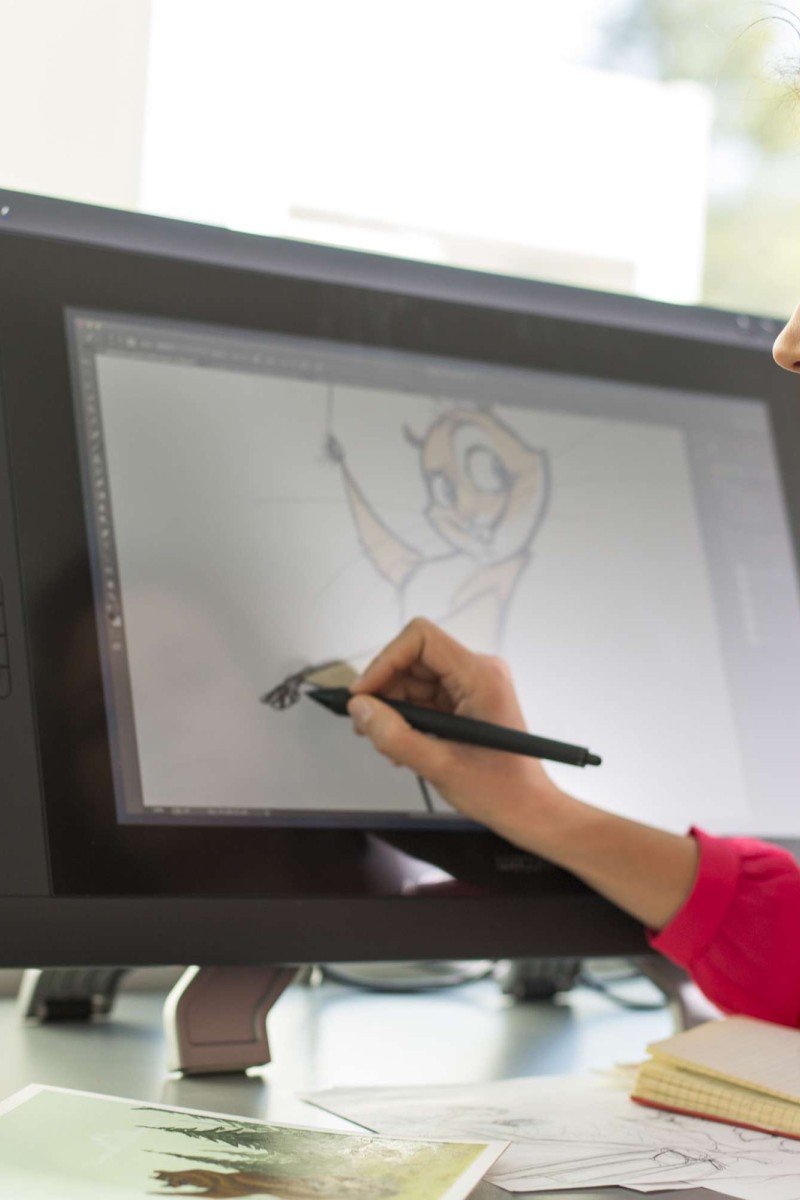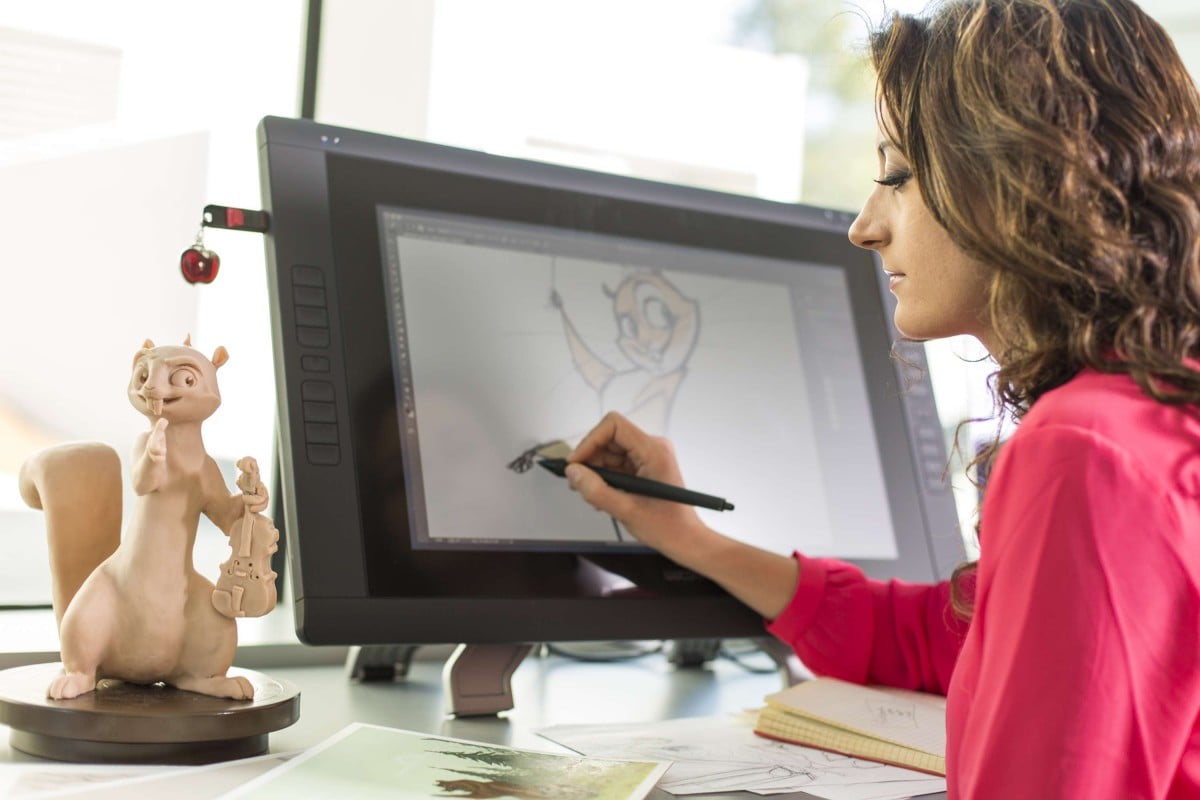
Turning dreams into design: 3D printing is a very big deal
What if you could print your dreams? Ariel Conant talks to a design professor and a student about how 3D printing is changing the creative industries
 3D printing is revolutionising how designers work.
3D printing is revolutionising how designers work.Imagine needing something – a bowl or a tool, anything – and instead of going to buy one, you printed it instead.
Technology isn’t quite there yet, but Savannah College of Art and Design (Scad) Professor Bryan Bentley says it’s a future that isn’t too far away.
“It’s really new, 3D printing in general as a consumer product on the level of a home printer or scanner, it’s still really far from that,” he says. “It’s still really young technology.”
There’s no doubt that 3D printing will have a big impact on the future, and Scad’s new minor for 3D action figure design will prepare students for this next technological leap.
“What Scad wants to do is get in front of that wave,” says Bentley. “Get students’ hands on the technology before it’s polished, before it’s plug and play and [anyone can say] ‘Oh, I have a 3D printer in my house’.”
Bentley says having the training and skills in new-wave technology is going to play a major role in setting students up for successful careers. By using and understanding the technology while it’s still being developed, students can grow alongside 3D printing.
“It makes you valuable because you’ve gone through the process of troubleshooting and fixing and problem solving with an untested or new technology,” Bentley says. “So that, basically, will make you an expert.”
With all this technology to master, designers need to be talented both artistically and technically.
Scad student Regina Lee, 22, says it was hard to adapt at first. She has always loved drawing and making, but animation and character design demanded more.
“I learned a lot of technical aspects I never imagined,” she says. “Before [the course], I thought animation was similar to cartoons; I just need to draw a lot of pictures and put them together to become a cartoon. But that’s not true, you need to learn a lot of techniques.”
Bentley says there’s a common misconception among creative students that drawing talent is all that’s needed to succeed in your career. The reality of the rapidly developing creative industries is more complicated.
“If you’re a character designer and know how to design a character that is printer-friendly, then that’s a skill. If you’re posing your character and can pose it in a way that makes it printer-friendly, then that’s a skill,” Bentley explains.
As Lee nears graduation, she has been looking for work in Hong Kong’s creative industries. “The jobs are there, but you need certain skills,” she says. “Once you have those skills, you don’t need to worry – those jobs are already there.”
Bentley says a combination of technical skills and creative thinking sets candidates apart. “I can tell them how to press buttons, but what I’m really looking for is the logic and the theory — that next-level thinking on how to connect,” he says.
“If I give you A and B, you should be able to get to D on your own. We’re giving you tools, but it’s up to you to use those tools to get the most out of them.”
Bentley has unusual advice for students: failure is good. “You learn more from failure than from success,” he explains. “When you succeed, it’s like ‘Woo! that worked.’ Then you move on. When you fail, you have to stop and figure out why. You get way more out of failing than just winning all the time.”
Lee says the future is bright for Hong Kong’s creative students. “I really want my career to allow me to do what I love,” she says. “When I see a thing I’ve made ... I can show it to the world. That makes me happy.”